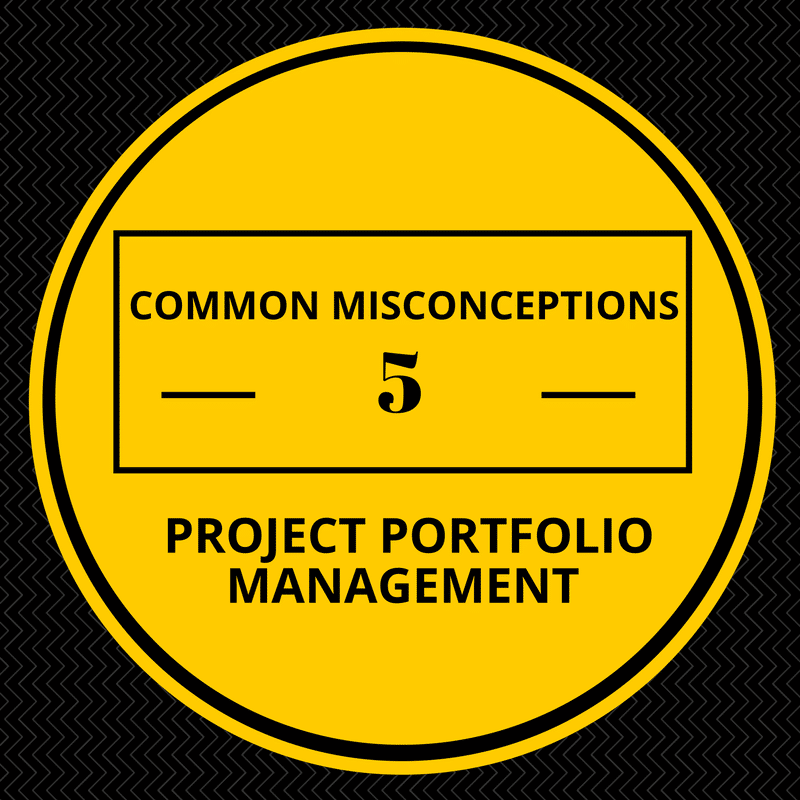There may be some questions about what Portfolio Management means. Even some business leaders use the term interchangeably with similar phrases like Strategic PM or an approach to projects in general. Project Portfolio Management is different.
Managing projects concerns meeting budget, schedules, and defined criteria on a per-project basis. Project Portfolio Management has the purpose of maximizing the total result of all related projects by maintaining a consistent balance of risk, expenses, and returns. This is meant to optimize overall management of resources.
The project portfolio is not just a collection of similar projects. It is a deliberately designed set of projects that present a larger picture of value to organizations than each individual project does. There will be some overlap between elements of the portfolio regarding materials, leaders, teams, or objectives; a portfolio is not a random grouping of projects.
Strategic Portfolio Management is a means for a different purpose. This is an approach for determining which proposed projects should be accepted, rejected, or postponed. Each new initiative is weighed according to its potential value by applying a score based on an algorithm. This may consider several factors such as ROI, available labor or materials, sustainability, and more.
Confusion over the different aspects of project management has led to several misconceptions in managing portfolios.
1. Any business or team leader can be a project manager.
Many people try to pad their resume or LinkedIn profile by adding “Project manager” as a skill, despite very limited experience. This comes from the misconception that any special task could be viewed as a project, and getting it done on time and on budget is a sign of success. Usually any task that requires more than one person takes time management, leadership, and delivery of results. This doesn’t make the lead person a project manager, and these undertakings don’t belong in the portfolio.
Project managers are professionals who have experience and training. They address challenges using a systemic approach that combines knowledge, business processes, leadership principles, resource management, scheduling, and more to align human and material resources with project goals. In order to bring projects to successful conclusion, they must employ skills such as communication, technical understanding, flexibility, risk assessment, accountability, and informed decision making.
2. Software development and project management are very similar.
IT is an essential part of most organizational products, and in software companies may be the entire project. But executing an enterprise project is rarely as simple as following the path outlined by the SDLC (software development life cycle). There are many reasons for a project to fail, such as lack or resource planning or delegation of responsibilities. One of the most common reasons is visibility. All tiers of the proposed initiative, including executives, project managers, and individual team members, need the right information at the right time. None of these reasons are typical of the SDLC.
Software, networks, and design tools are often part of a project, but project plans that focuses on these as primary needs tend to ignore other vital aspects – such as organizational changes, managing stakeholder input, or evaluating benefits. Project portfolio management software is one way to consolidate different elements.
Successful project management more often depends on soft skills like interpersonal communication and negotiation. Seventy-five percent of IT executives expect project failures before they even start (http://pmchat.net/2016/03/30/15-shocking-project-management-statistics-project-journal/). A portfolio must look at consistent, documented, and methodical project execution to be of value.
3. Project managers are needless overhead.
Some money-conscious executives will see the need for professional project managers as an unnecessary expense. Others might become impatient with all the planning and start pushing for work to start before all the facts are in. Either of these concerns, while understandable, increase the risks of project failure. There is always organizational value in good planning and leadership.
The value in having experienced project managers involved is made clear by project failures. Leadership and planning are critical to successful execution in every initiative. While “winging it” can pay off, it’s also an unnecessary gamble that could cost more than it saves. Maintaining a portfolio should involve projects with comprehensive planning to represent a solid basis. Haphazard management of projects has no place in strategic business planning.
4. Managing projects just means providing documentation.
Managing projects does often involve a large set of documents: plans, resources, budgeting proposals, team scheduling, quality checks, stakeholder approvals, and more. It can get to be a substantial amount of information. Project managers can spend an inordinate amount of time adjusting schedules and assessing status reports. Project portfolio management software can help to ease this burden.
But all that documentation provides value. Without it, there is no way for project managers, business analysts, accountants, or any other aspect of an organization to make a detailed review of challenges, solutions, and returns. This is essential in planning similar or related projects more accurately. The data also helps to feed other business analytics. A good project manager always provides adequate documentation, including unexpected costs, feedback, and change notes. Every project in the portfolio should have the same complete documentation to provide lasting value.
5. Uncertainty comes from bad planning.
Projects seldom follow a clear and orderly path from conception to completion. A level of uncertainty should be expected. By nature, special projects fall outside the organization’s usual obligations and procedures. The precise nature of the end solution may even be unknown when planning begins, depending on stakeholder feedback or use testing. However, budgets and schedules are usually seen as fixed, and inability to meet milestones as failures.
Uncertainty is part of the process, not the result of poor planning. More realistic approaches to project execution involve risk assessment, logistics, contingency plans if certain resources become unavailable, or approvals at any juncture are delayed. Even when it becomes clear that timelines won’t be met, or certain costs threaten to exceed overall budgeting, it’s no reason for panic. Even if the situation can’t be re-evaluated and brought under control, some overrun may be acceptable, and even anticipated, in delivering quality results.
Accepting and even planning for the unknown increases accuracy, credibility, and transparency. Those are all the things that a project portfolio is meant to capture.
Basic questions
Managing a project portfolio for the greatest benefit is challenging even without project misconceptions. The most advantageous project realization requires discarding assumptions, elimination confusions, and allowing qualified project managers to exercise their skills without micro-management from executives. Even simplicity of planning is better than over-management (http://www.gartner.com/smarterwithgartner/it-projects-need-less-complexity-not-more-governance/). Every project included in the portfolio should follow professional principles.
But there are fundamental questions to ask before portfolio planning even starts:
* Does the organization have an accurate picture of all projects that are either proposed or in progress?
* Which of the projects are contributing in a quantifiable way toward organizational objectives?
* Are the relationships and dependencies between various projects understood? Which are truly unique and independent?
* Are there any redundant elements between projects that could conserve time and effort?
* Is the organization getting the most value from its resources, or should alternatives like outsourcing some or parts of initiatives be explored?
* Is tracking the portfolio’s performance being done? Is there adequate documentation to drive decisions?
* Are all approved project held accountable for meeting objectives as well as budget and deadlines?
* Does upper management have all the right information and policies in place for terminating projects that are clearly doomed to fail?
All of these ideas play an important part of maintaining a portfolio that can establish guidelines for more efficient use of resources and time. A project portfolio with real business value is able to provide improving results with future projects. Organizations are likely to find that they are only getting a portion of the projected value from their projects due to bad planning, decisions, or lack of support. A project portfolio is an important tool in judging which projects align with business objectives as well as predicted ROI.







